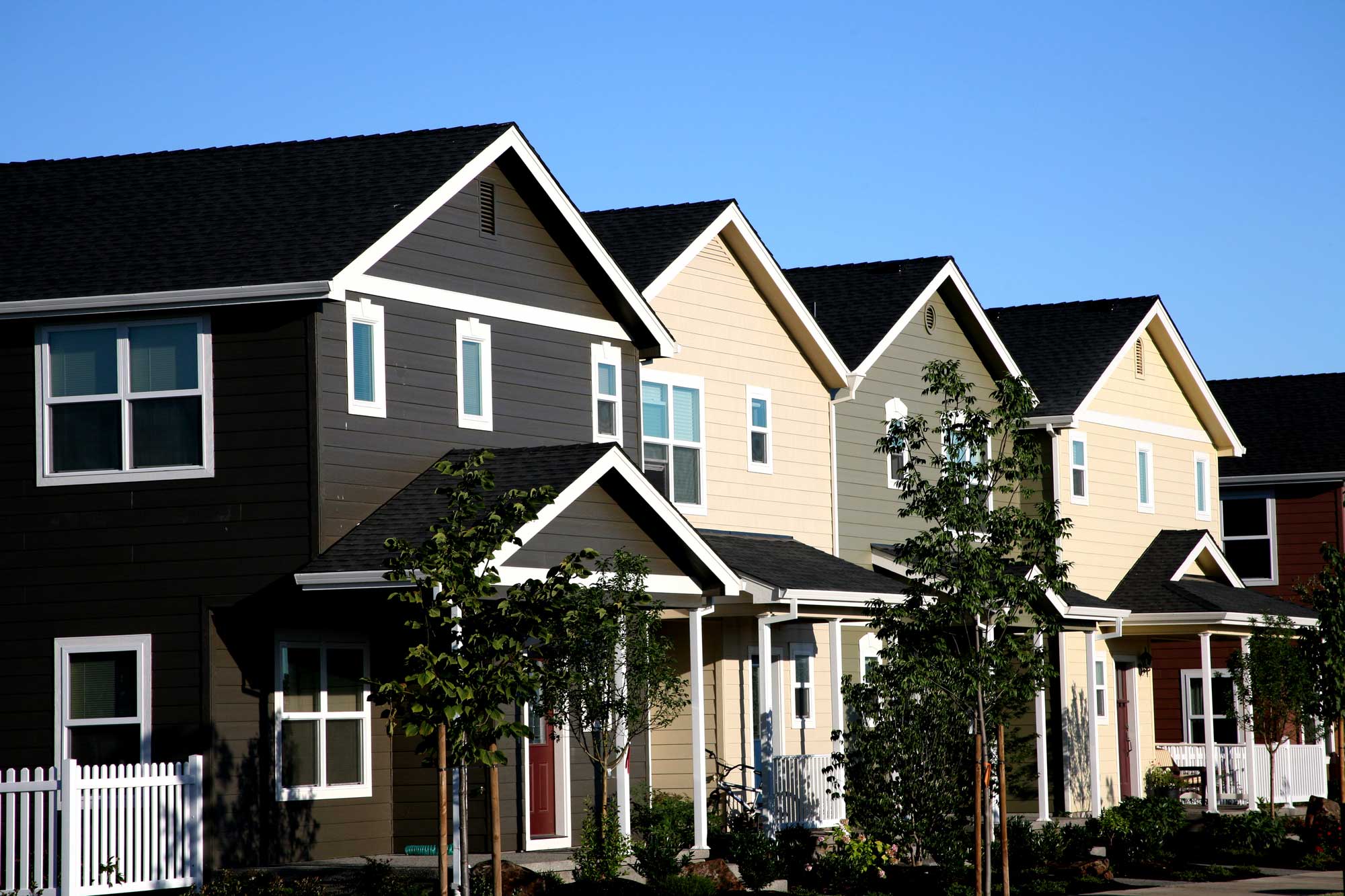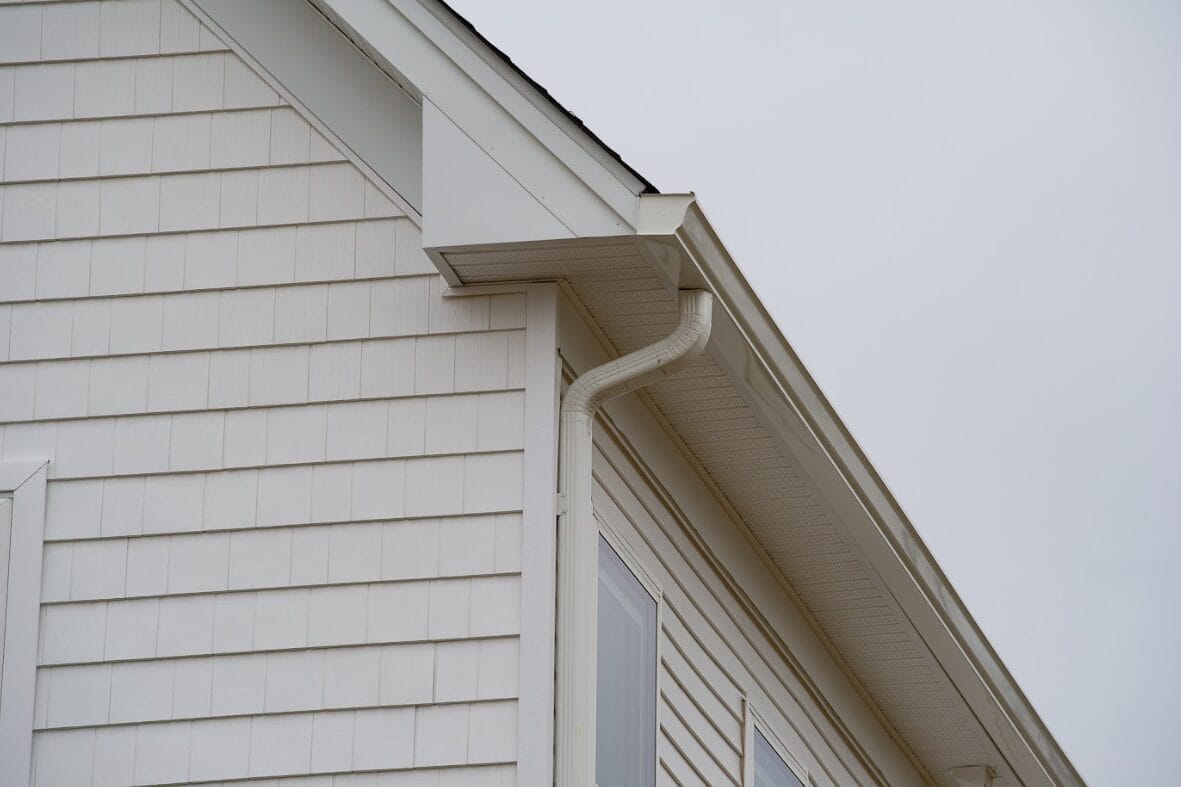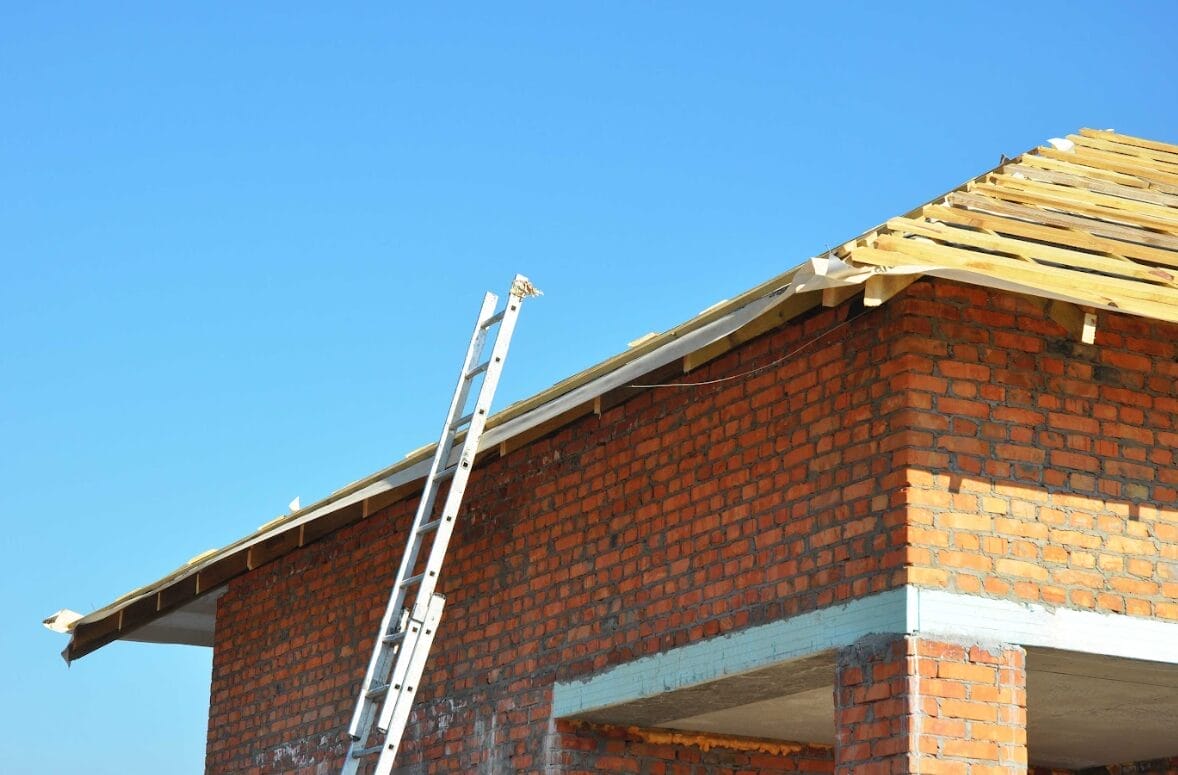The cost of a new roof replacement can be influenced by several factors. These factors include:
- Roof Size and Complexity:The size of your roof is a significant factor in determining the cost. Larger roofs require more materials and labor, resulting in higher expenses. Additionally, roofs with complex designs, multiple slopes, or unique features such as skylights or chimneys may require additional time and expertise, which can increase the overall cost.
- Choice of Roofing Material:The type of roofing material you select plays a crucial role in the cost of a new roof replacement. Different materials have varying price ranges, durability levels, aesthetics, and installation requirements. Some commonly used roofing materials include asphalt shingles, metal, wood shakes or shingles, tile or concrete, and slate. Each material has its own associated costs, and prices can vary based on factors such as quality and availability.
- Removal of Existing Roofing:If your current roof needs to be removed before installing the new one, the cost will be higher. Factors such as the number of layers of existing roofing material, the complexity of the removal process, and disposal fees for old materials can impact the overall cost.
- Roofing Accessories and Upgrades:Additional roofing accessories and upgrades can contribute to the overall cost. These may include elements such as underlayment, flashing, vents, insulation, gutter systems, and more. Upgrading to higher-quality materials or incorporating energy-efficient features can also increase the cost but can provide long-term benefits and savings.
- Labor and Installation:The cost of labor and installation varies depending on factors such as geographic location, local labor rates, and the expertise of the roofing contractor. Experienced and reputable roofing contractors may charge higher fees, but they often deliver superior craftsmanship and ensure proper installation, which can reduce the risk of future issues and repairs.
- Geographic Location:The location of your property can influence the cost of a new roof replacement. Factors such as regional material availability, local labor costs, building code requirements, and permit fees can vary from one area to another. High-demand areas may have higher costs due to increased competition among contractors.
- Roofing Warranty and Guarantees:The type and extent of warranty or guarantee provided by the roofing material manufacturer or the roofing contractor can impact the cost. Longer or more comprehensive warranties may come with higher upfront costs but can provide peace of mind and potential savings in the long run.
- Maintenance and Repair Considerations:While not directly related to the initial cost of a new roof replacement, it’s important to consider ongoing maintenance and potential roof repair needs. Some roofing materials may require more frequent maintenance or have a higher likelihood of needing repairs in the future. Considering these factors can help you make an informed decision about the overall cost of your new roof.




